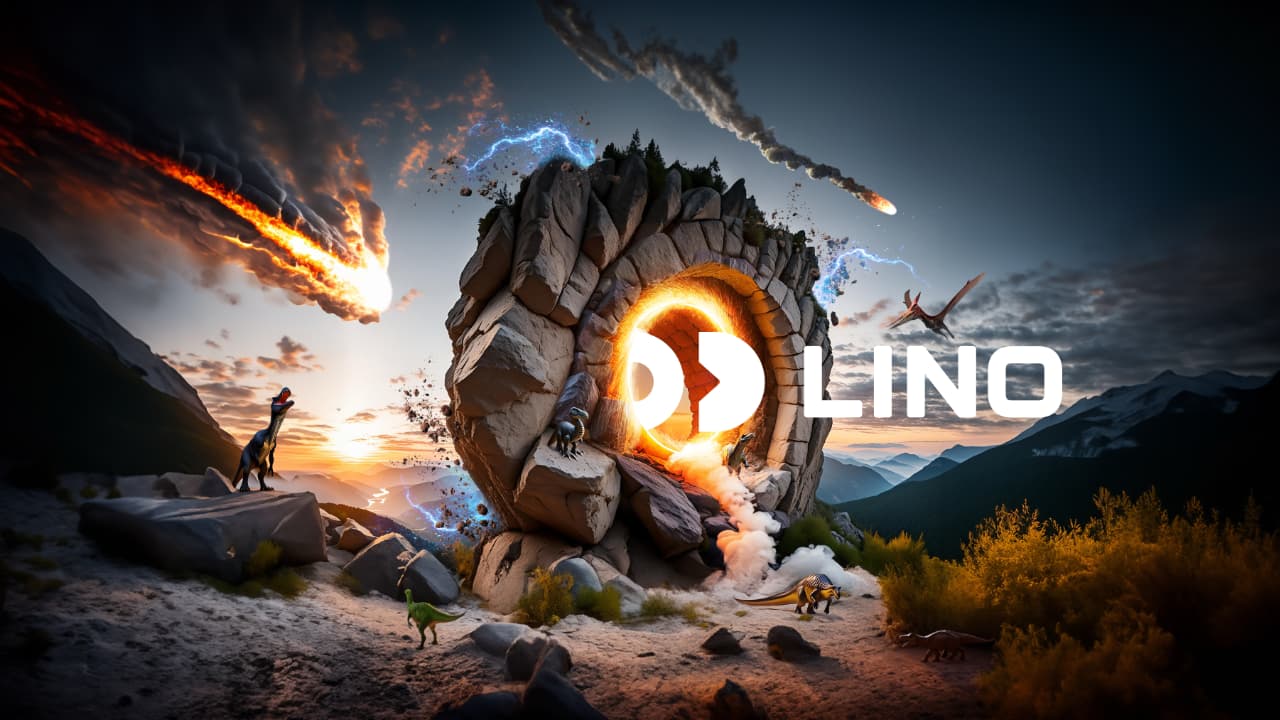
Using Unreal Engine 5, Zero Density’s new template-based broadcast graphics allow users to quickly and easily create and control on-air graphics, virtual studios, AR, and XR content.
It’s been a while since Zero Density introduced Unreal Engine to broadcasters for virtual studio production, a decade ago in fact. And the company continues to push how and where Unreal is used outside the games sector by now using its power to level up on-air graphics production.
The key is the new Lino software, which was first previewed at NAB a year ago. It’s been built to be template-driven, and enable template-based graphics playout for all broadcast graphics whether 2D/3D or virtual without switching between separate platforms. This means a lot of the grunt work of producing fast turnaround graphics using Unreal Engine 5 is done for the user, freeing up more time for creativity in addition to accommodating all this inevitable last-minute changes on news, weather or sports shows on pre-rendered clips.
With the familiar workflows and interface, motion graphics designers can utilize their existing skill set and start creating content within days with Unreal Engine 5 without prior game engine knowledge, which is a good thing given the learning curve that can still present.
It goes further than that too, especially when viewed in the context of the company’s Reality5 virtual production platform. Currently, Zero Density explains, there are separate tools to create, produce and operate different types of graphics like AR graphics, stingers, leaders, and outros with varied software requirements. However, Zero Density software means broadcasters no longer need separate tool sets for virtual studio production and on-air graphics. And Reality5 ensures that all graphics—from AR elements to lower-thirds—adhere to brand guidelines, maintaining visual consistency across platforms and broadcasts.
It also brings state awareness to AR graphics with transition logic, setting it apart in the industry. Now, broadcasters can extend the same state-aware logic used in on-air graphics to AR, ensuring dynamic, automated transitions across all broadcast graphics. The idea is that automated updates with the changed states and intuitive transitions allow broadcasters to focus on storytelling, making high-pressure live shows more efficient.
It’s neat stuff and it’s going down well in the broadcast community. We might not have the sheer number of elections again in 2025 that we had in 2024, but a quick glance at the news cycle will tell you that the need for high quality dynamic graphics that can explain what is going on in the world around us is probably more urgent than ever.


Comments